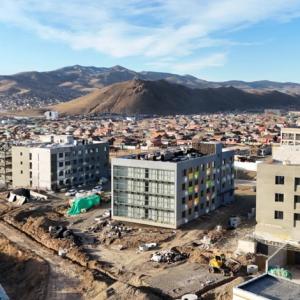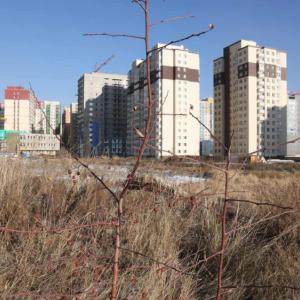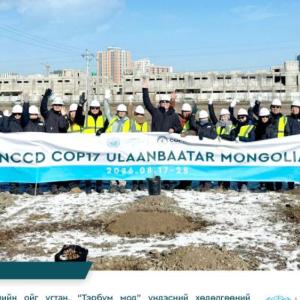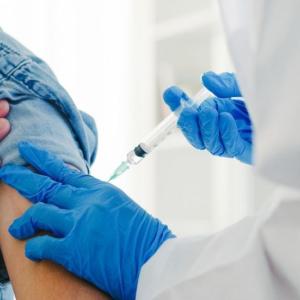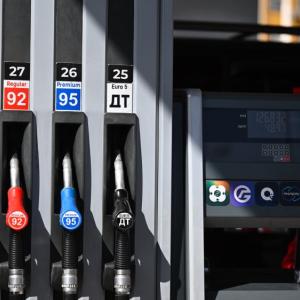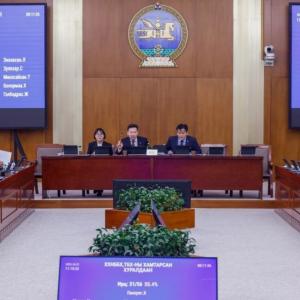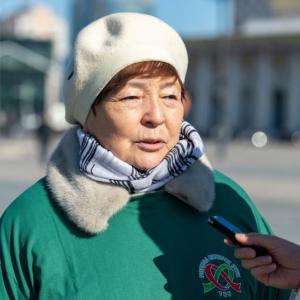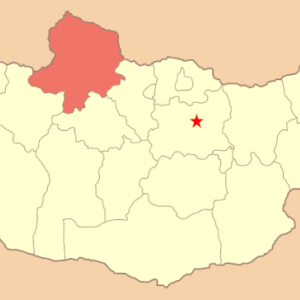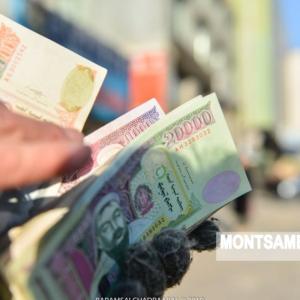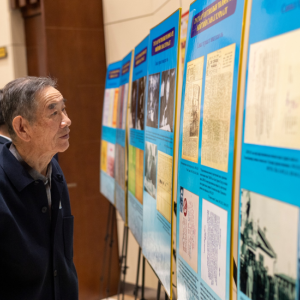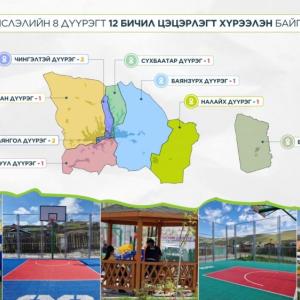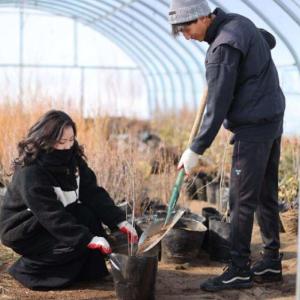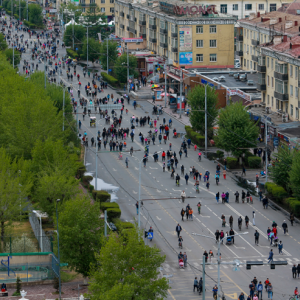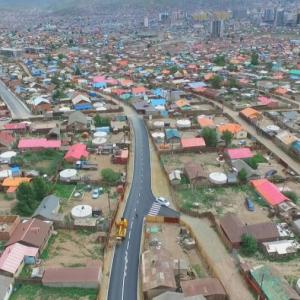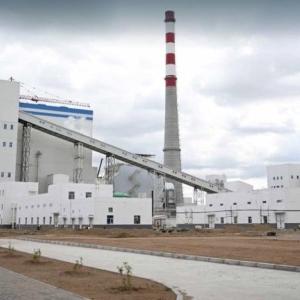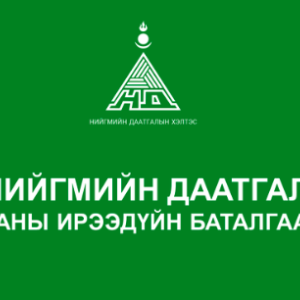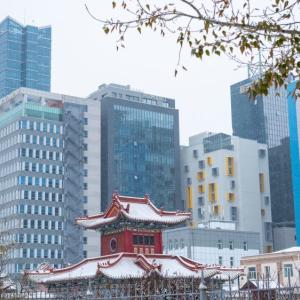Latest COVID-19 Household Response Phone Survey results released
Society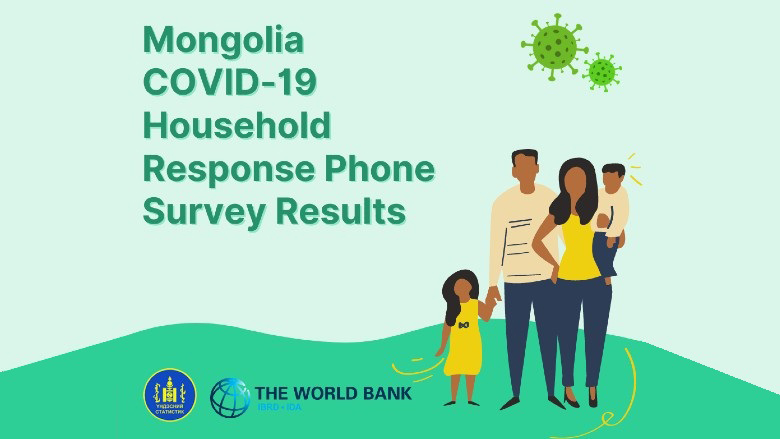
Ulaanbaatar /MONTSAME/. While Mongolia has taken early and decisive measures to prevent the inflow and outbreak of COVID-19, household-level shocks caused by COVID-19 can be long-lasting and disproportionally hit the poor and vulnerable the hardest, creating an urgent need for timely data collection to help monitoring and mitigating the socio-economic impacts of the shock.
To monitor the household-level impacts of COVID-19, the National Statistics Office of Mongolia (NSO) and the World Bank have implemented a joint COVID-19 Household Response Phone Survey (HRPS). The HRPS drew a subsample of 2,000 households from the nationally representative 2018 Household Socio-Economic Survey (HSES) and has monitored and collected information from the same households across multiple rounds.
This presentation summarized key findings of the 4th round of the survey that was implemented from April 19 to 30, 2021 and compared the results to previous rounds. The Round 1 survey was implemented from May 22 to 29, 2020, Round 2 survey from August 31 to September 7, 2020, and Round 3 survey from December 3 to 14, 2020. The data collection of the Round 4 survey was financially supported by the Asian Development Bank.
Key findings (Round 4): presentation
Employment started to rebound after the December lockdown
- Work stoppages have declined between December 2020 (Round 3) and April 2021 (Round 4). By early April (before the April lockdown), 68 percent of respondents who worked pre-pandemic were working, 20 percentage points higher than in Round 3. 32 percent were still out of work in Round 4 but a third of those reported they had a job to return to.
- While all sectors show signs of improvement in employment between Rounds 3 and 4, the service sector achieved the largest recovery and industry remains as the hardest hit sector
Non-farm business activities remain depressed and widespread business closures continue
- 82 percent of households engaged in non-farm business in Round 4 were not able to operate fully, mainly due to the government orders and other COVID-related reasons
- Recovery of business income is limited, with 88 percent of households with businesses experiencing a decline in income relative to the pre-pandemic
Agricultural households have seen marked improvements in income between Rounds 3 and 4, but rising input prices remain a concern for herders and farmers
2 out of 3 households increased or maintained total household income levels between Rounds 3 and 4, but were still making far less than what they had been pre-pandemic
- The share of households reporting increase of income improved from 4 to 22 percent between Rounds 3 and 4. Despite signs of improvement from December, 37 percent of household reported income reductions relative to pre-pandemic levels.
The Government’s unprecedented amount of cash transfer ahead of the April lockdown significantly contributed to reducing household food insecurity despite spike of food prices
- While over 70 percent of households reported suffering from a price increase of major food items, generous amount of the Government’s cash assistance likely helped reduce food insecurity. Nealy 70 percent of total households spent the Government cash transfers for purchasing food soon or right after they received them in Round 4.
- Households that primarily spent the transfer on food were less likely to be food insecure in Round 4, controlling for food insecurity status in Round 3
Access to health care services has moderately improved since December
- Access to health care services has significantly recovered in rural areas between December and April, but as COVID-19 cases spiked in Ulaanbaatar, the recovery is marginal in urban areas
3 in 10 households with loans were not able to make on-time loan repayment since December
- Particularly, urban households are nearly 10 percentage points more likely to have delayed loan repayments compared to rural households
The use of online platforms for shopping has increased amid the COVID-19 pandemic, but the frequency of online purchases remains relatively low
- Since February 2020, the use of online platform for shopping has increased from 23 to 32 percent, particularly among the urban residents (36 percent). Despite a surge, 80 percent of households do online shopping less than 2 times in the past month.
Source: World Bank Mongolia
 Ulaanbaatar
Ulaanbaatar











